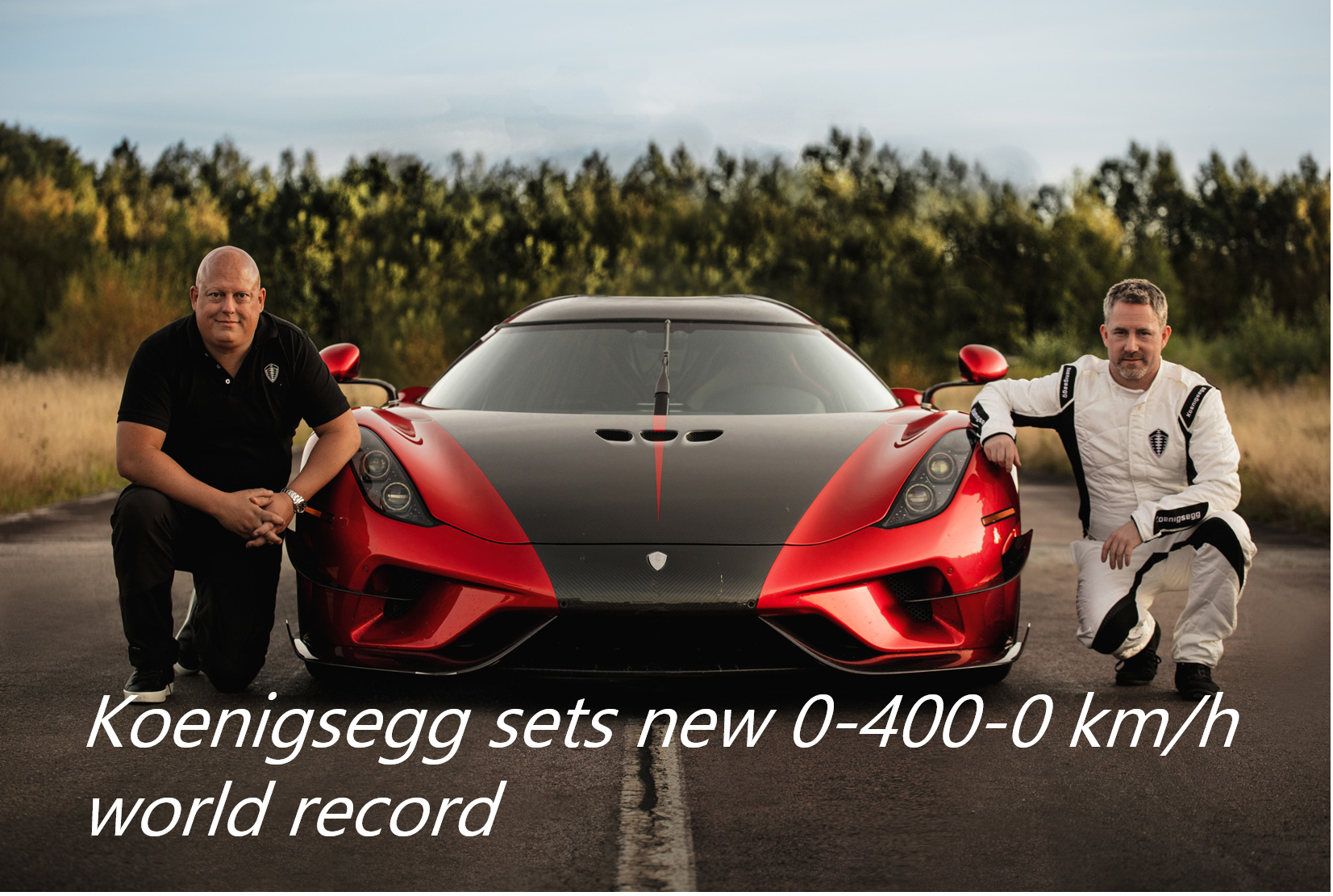A V engine, or Vee engine is a combustion configuration for an internal combustion engine. The cylinders and pistons are aligned, in two separate planks or banks, so that they appear to be in a V when viewed along the axis of the crankshaft. The vee configuration generally reduces the overall engine length, height and weight compared with an equivalent inline configuration.


V-shape engine animation
Usually each pair of corresponding pistons from each bank of cylinders share one crankpin on the crankshaft, either by master/slave rods or by two ordinary connecting rods side by side. However some V-twin engine designs have two pin cranks, while other v configurations include split cranks-pins for more even firing. V- Engines are generally more compact than straight engines with cylinders of the same dimensions and number. This effect increases with the number of cylinders in the engine; there might be no noticeable difference in overall size between V-twin and straight-twin engines while V8 engines are much more compact than straight-eight engines.

Koenigsegg Agera RS(The fastest V8s in production)
| Key specifications | |
|---|---|
| Engine | 5.0-liter turbo V8 engine |
| Maximum power | 1160 HP |
| Performance Time | 0 to 249mph in 36.44 seconds |
| Weight | 3075 lbs |
| Specs | Traction Control System Enlighted lighting system |
Various bank cylinders angles of vee are used in different engines depending on the number of cylinders, there may be angles that work better than others for STABILITY. Some Vee configurations are well-balanced and smooth, while others are less smoothly running than their equivalent straight counterparts. V12s, being in effect two straight -6 engines married together, are fully balanced; if the V-angles is 60 for four strokes or 30 for 2 stokes, they also have even firing. Others, such as the V2, V4, V6, flat plane V8, V10, V14, and V18 engine show increased vibration and generally require balance shafts or split crankshafts.
